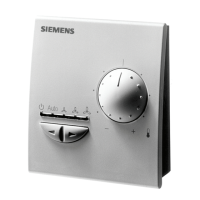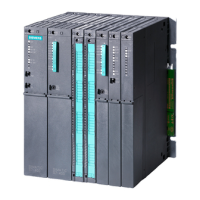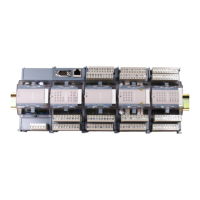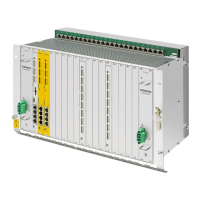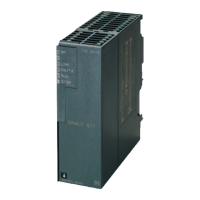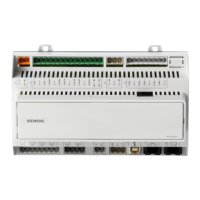Communications configuring
3-22 System- and communication configuring D7-SYS - SIMADYN D
Edition 12.2003
3.2 Couplings on the subrack
These couplings include:
• local CPU coupling
• communications buffer coupling
• coupling to EP3 modules
3.2.1 Local CPU coupling
The local CPU coupling does not require a coupling module. This
coupling type can only be used by function blocks, which are located on
the same CPU as the data interface. The data interface always lies on
that CPU and is 16 kbyte.
The coupling is mainly used for autonomous tasks (e. g. a closed-loop
control) to provide defined interfaces. Thus, when configuring a project, it
is simple if a CPU is "overloaded" to shift the complete task to another
CPU without involving extensive configuring work. Communications can,
for example, then be realized via the data interface in the buffer. Only the
data at the CTS connection has to be changed at all communication
function blocks.
The @CPN central blocks cyclically initialize and monitor the coupling.
Thus, at the start of cyclic operation, the coupling is not enabled for all
senders/receivers, but only after a delay of several operating cycles. The
@CPN central block monitors the coupling after the coupling has been
enabled.
A @CPN central coupling block must be configured to initialize and
monitor the coupling.
For the local CPU coupling, only the channel name has to be specified at
the AT, AR or US connections of the send/receive blocks. Data for
address stages 1 and 2 should not be configured. Transmitters and
receivers with the same channel names communicate with one another.
3.2.2 Communications buffer coupling
The 16 kbyte data interface for the communications buffer coupling is
located on a communications buffer.
The hardware consists of modules MM11, MM3 or MM4.
Overview
General
Application
Initialization and
monitoring
Configuring
General

